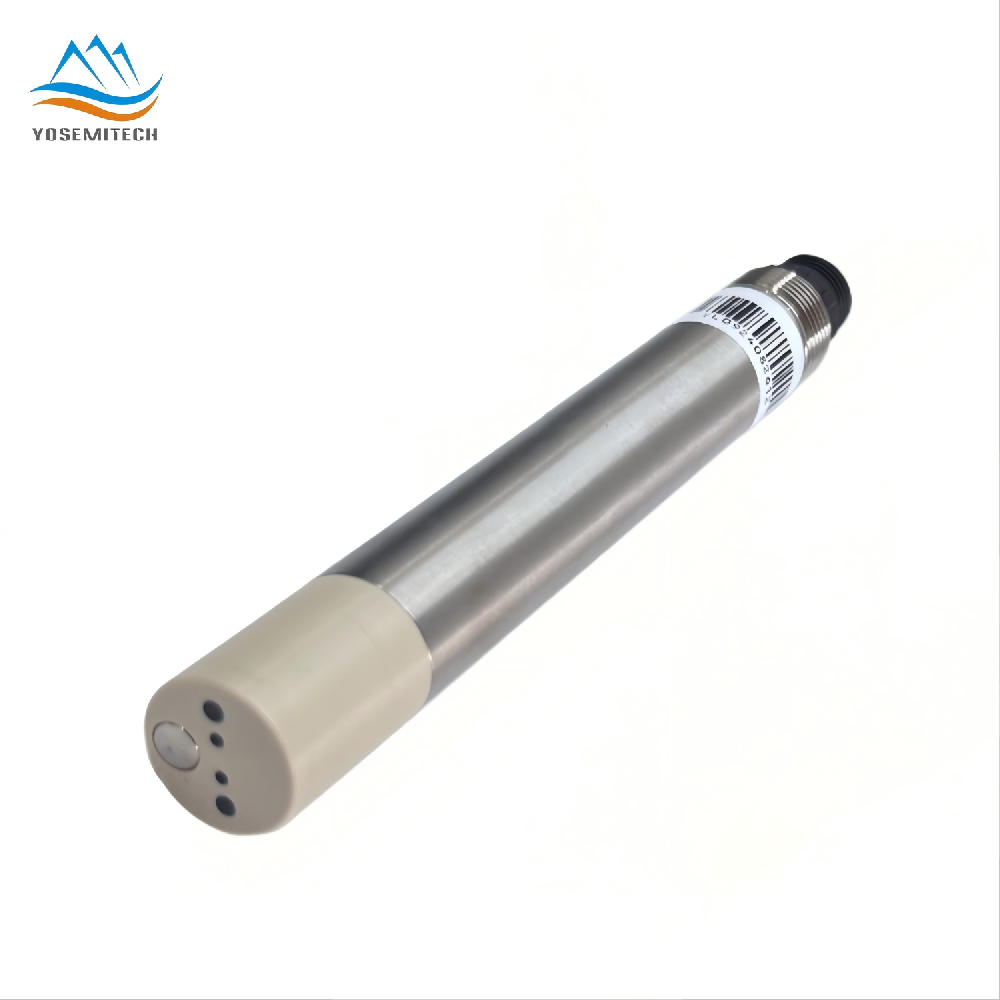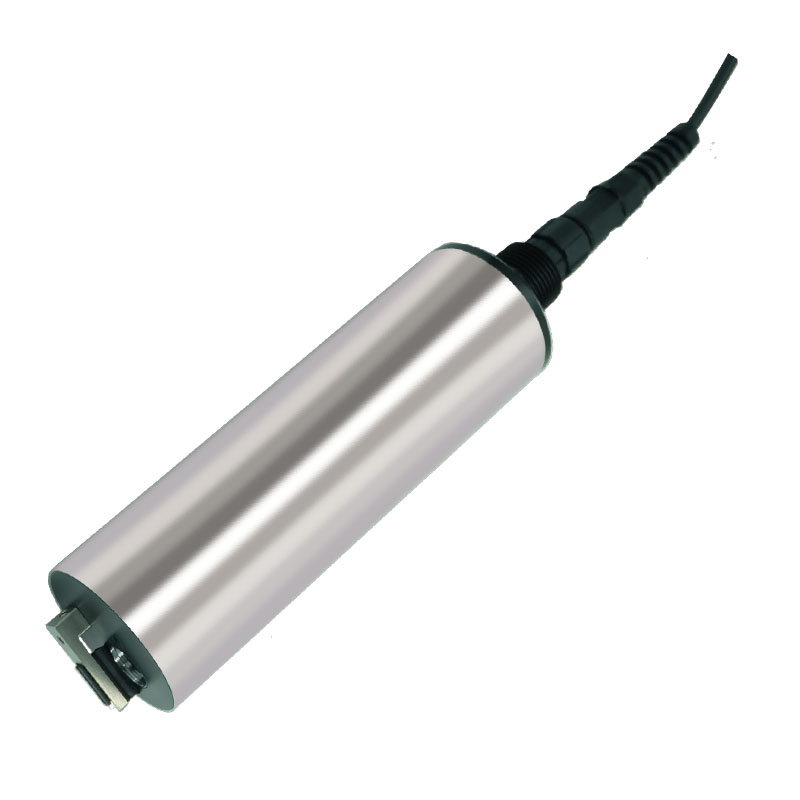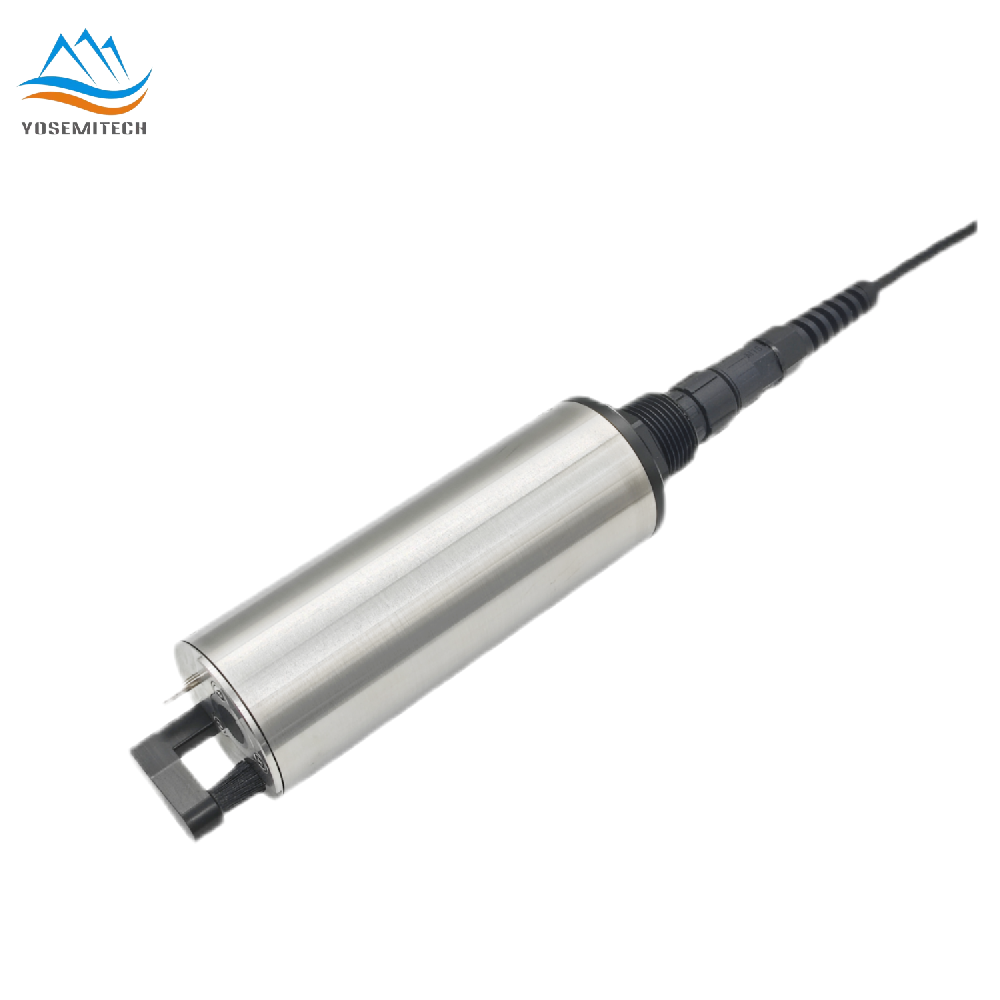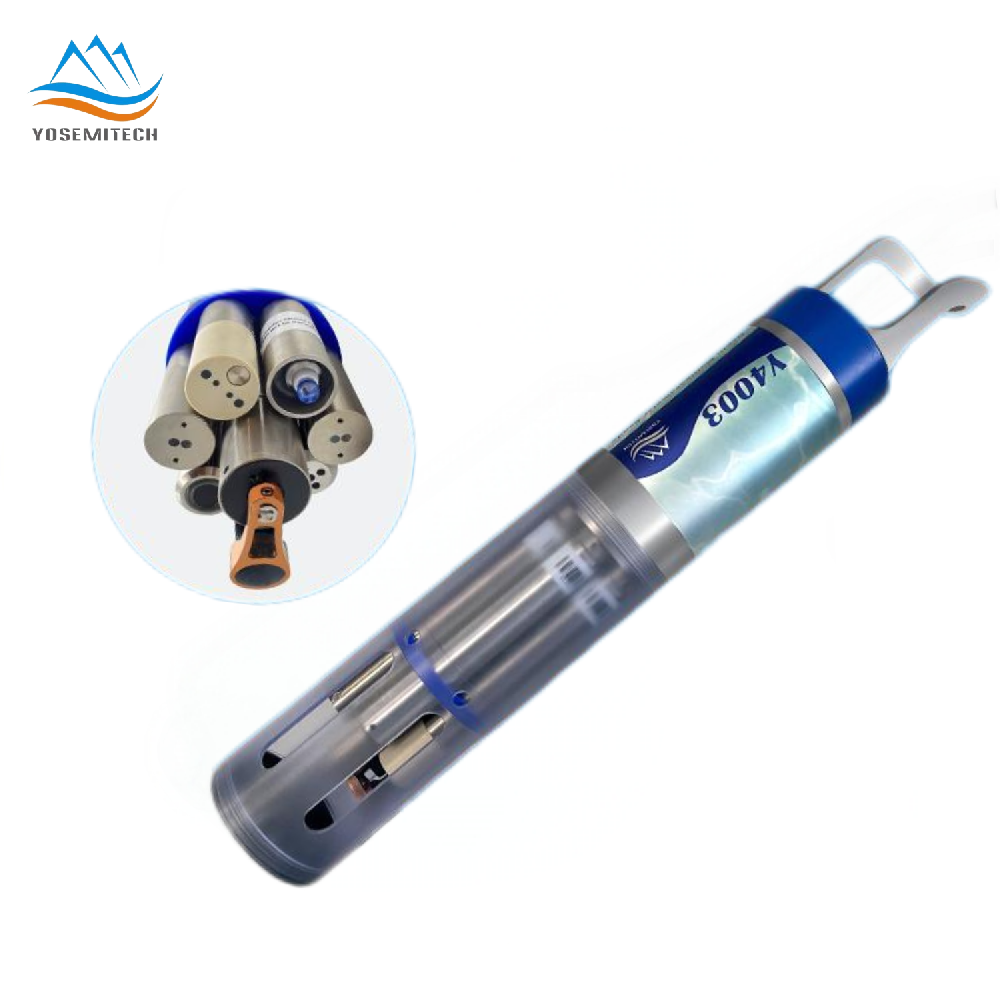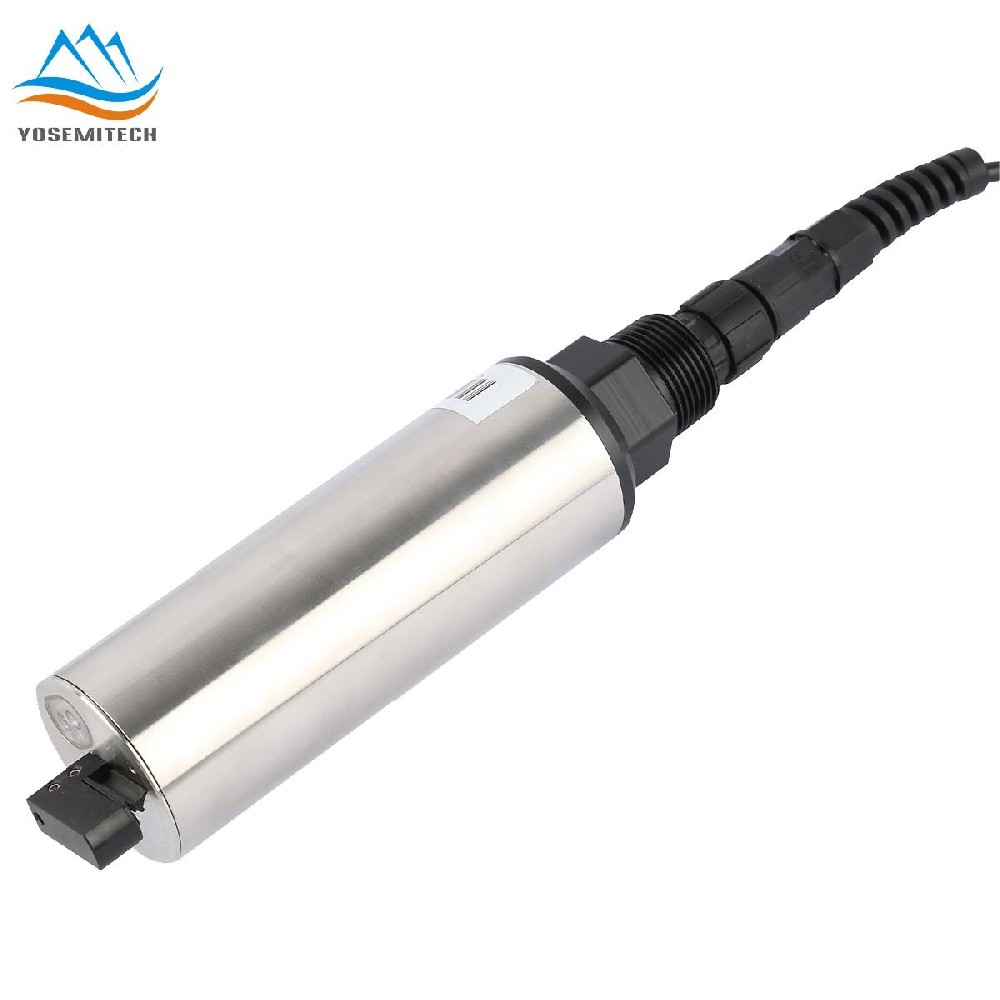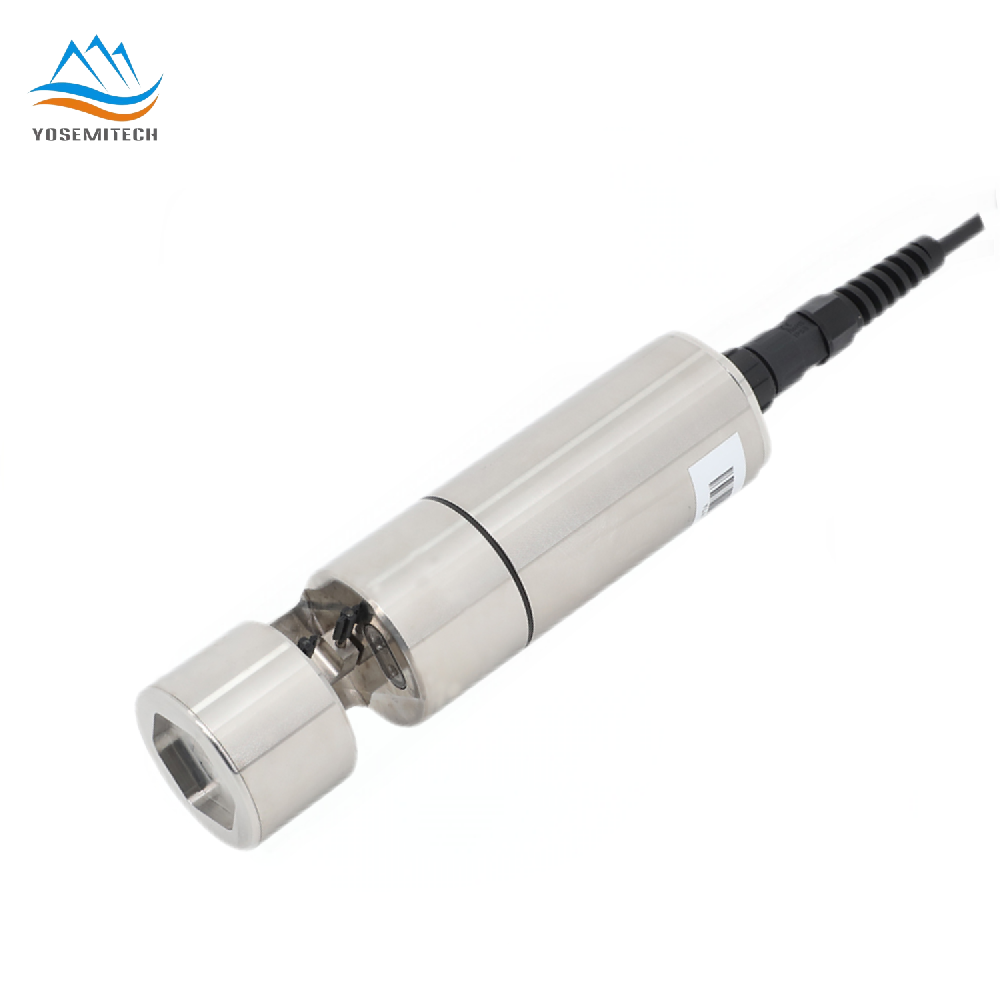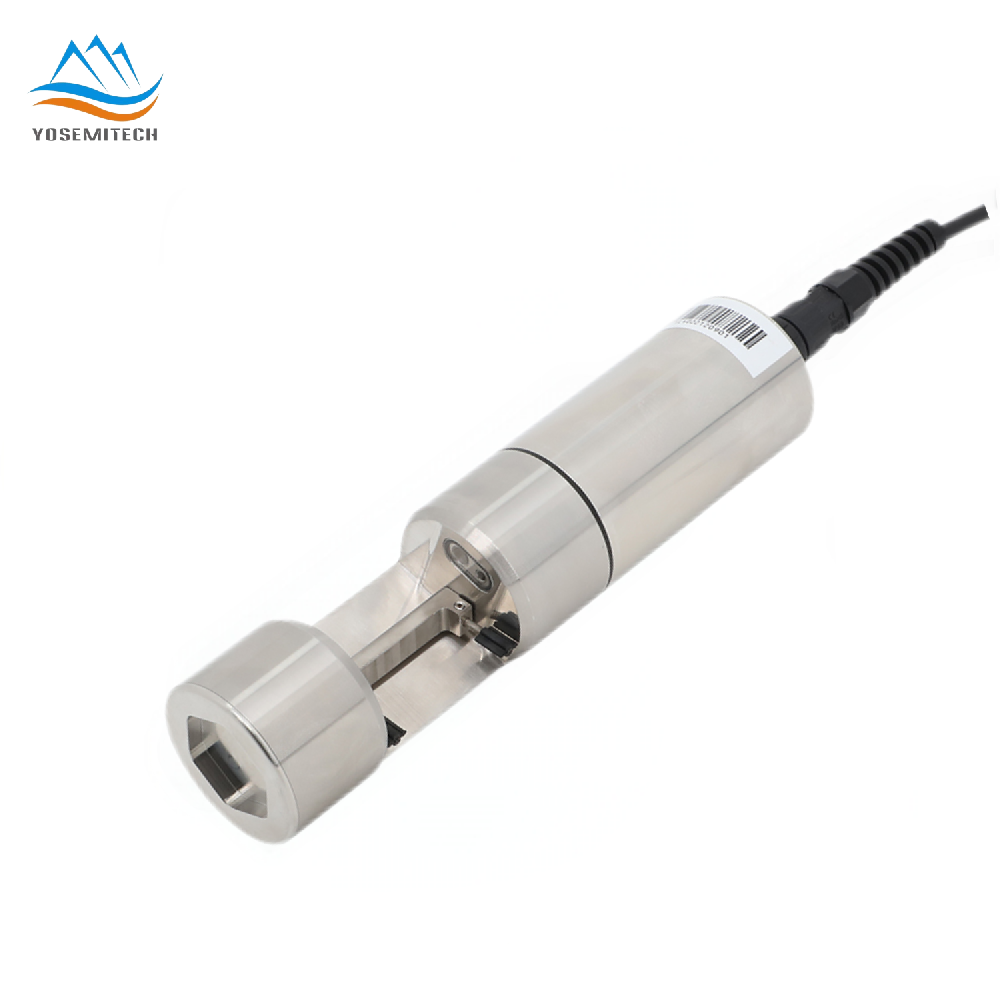Industry news
How to Measure pH Levels in Swimming Pools
Writer: admin Time:2025-04-03 14:17:15 Browse:1029℃
Maintaining the right pH levels in swimming pools is crucial for ensuring the safety, comfort, and longevity of pool equipment. A well-balanced pool not only provides a pleasant swimming experience but also protects the pool's infrastructure from damage. In this comprehensive guide, we will provide pool owners with detailed guidance on how to accurately measure pH levels in their pools, ensuring optimal conditions for both swimmers and pool maintenance.
Understanding pH Levels in Pools
Definition of pH
pH is a measure of how acidic or basic a solution is, on a scale from 0 to 14. In the context of pool water, pH is a critical factor that influences the effectiveness of sanitizers, the comfort of swimmers, and the integrity of pool surfaces and equipment. A pH level of 7 is considered neutral, while levels below 7 are acidic and levels above 7 are basic.
Why pH Levels Matter
Incorrect pH levels can have several negative impacts on your pool. If the pH is too low (acidic), it can cause skin and eye irritation for swimmers, corrode metal fixtures, and damage pool surfaces. Conversely, if the pH is too high (basic), it can lead to cloudy water, reduce the effectiveness of chlorine, and cause scaling on pool surfaces and equipment.
Ideal pH Range for Pools
The optimal pH range for swimming pools is typically between 7.2 and 7.8. This range ensures that the water is comfortable for swimmers, the sanitizers work effectively, and the pool surfaces and equipment are protected from damage.
Tools Required for Measuring pH Levels
pH Test Kits
There are several types of pH test kits available for pool owners, each with its own advantages and limitations:
Liquid Test Kits: These kits use reagents that change color when added to a water sample. The resulting color is compared to a chart to determine the pH level. Liquid test kits are known for their accuracy but require careful handling and measurement.
Test Strips: These are paper strips treated with chemicals that change color when dipped in pool water. They are easy to use and provide quick results, but they may not be as accurate as liquid test kits.
Digital pH Meters: These devices provide a digital readout of the pH level when a probe is dipped into the water. They offer high accuracy and are easy to use, but they require regular calibration and maintenance.
Choosing the Right Tool
When selecting a pH testing method, consider factors such as accuracy, ease of use, and cost. Liquid test kits are ideal for those who prioritize accuracy, while test strips are suitable for quick and convenient testing. Digital pH meters are a good choice for those who want precise readings and are willing to invest in a quality device.
Step-by-Step Guide to Measuring pH Levels
Preparing the Pool for Testing
Before testing the pH levels, ensure that the pool filtration system is running to circulate the water. Remove any debris and contaminants from the pool surface to avoid skewing the test results.
Using Liquid Test Kits
Gather Equipment: You will need a liquid test kit, a clean water sample container, and gloves to protect your hands from chemicals.
Collecting Water Sample: Collect a water sample from elbow-depth and away from the return jets to ensure an accurate representation of the pool's water.
Performing the Test: Add the reagents to the water sample as instructed by the test kit. Compare the resulting color to the provided chart to determine the pH level.
Using Test Strips
1. Instructions for Use: Dip the test strip into the pool water and remove it immediately. Hold the strip horizontally and wait for the color to develop.
2. Advantages and Limitations: Test strips are convenient and quick, but they may not provide as precise results as other methods. They are best used for regular monitoring rather than precise adjustments.
Using Digital pH Meters
1. Calibrating the Meter: Follow the manufacturer's instructions to calibrate the digital pH meter before use. This ensures accurate readings.
2. Taking Measurements: Dip the probe into the pool water and wait for the digital display to stabilize. Record the pH level shown on the screen.
3. Maintenance Tips: Clean the probe after each use and store the meter according to the manufacturer's instructions to maintain accuracy and longevity.
Interpreting the Results
Understanding pH Readings
Different pH levels indicate various conditions in the pool:
Below 7.2: The water is too acidic, which can cause irritation and damage to the pool.
7.2 to 7.8: The ideal range for pool water, ensuring comfort and protection.
Above 7.8: The water is too basic, which can lead to scaling and reduced sanitizer effectiveness.
Common Causes of pH Imbalance
Several factors can affect pH levels in pools, including rain, swimmer load, and chemical usage. Rainwater is typically acidic and can lower the pH, while heavy swimmer load can introduce contaminants that affect pH balance. Additionally, the use of certain chemicals can alter the pH levels.
Adjusting pH Levels
Raising pH Levels
To raise the pH level, use pH increasers such as sodium carbonate (soda ash). Follow the manufacturer's instructions for the correct dosage based on your pool's volume.
Lowering pH Levels
To lower the pH level, use pH reducers like muriatic acid or sodium bisulfate. Carefully add the chemical to the pool, following safety precautions and dosage guidelines.
Natural Methods
For slight pH adjustments, natural methods such as adding baking soda (to raise pH) or vinegar (to lower pH) can be used. However, these methods are less precise and should be used with caution.
Best Practices for Accurate Measurement
Frequency of Testing
Test the pH levels of your pool at least twice a week, or more frequently if the pool is heavily used or after heavy rain. Regular testing helps maintain a balanced pool environment.
Avoiding Common Mistakes
To ensure accurate measurements, avoid testing near return jets and use clean containers for water samples. Follow the instructions for your chosen testing method carefully.
Advanced Tips for Pool Owners
Automated pH Monitoring Systems
Consider investing in automated pH monitoring systems for continuous monitoring and adjustment of pH levels. These systems provide real-time data and can automatically dispense chemicals to maintain balance.
When to Seek Professional Help
If you encounter persistent pH imbalances or other water quality issues, it may be time to seek professional help. A pool maintenance expert can diagnose and resolve complex problems.
Conclusion
Regular pH testing is essential for maintaining a safe and enjoyable swimming environment. By following the methods discussed in this guide, pool owners can ensure their pools remain in optimal condition. Implement these tips to maintain your pool’s pH levels and enjoy a refreshing and comfortable swimming experience.
CATEGORIES
CONTACT US
Yosemitech Technologies Co., Ltd
 +86 19984844080
+86 19984844080
 sales@yosemitech.com
sales@yosemitech.com
 Bldg,25,CECEP Industrial Park, No. 18 Dongchang Rd. Suzhou Industrial Park, Jiangsu Province,China 215126, China
Bldg,25,CECEP Industrial Park, No. 18 Dongchang Rd. Suzhou Industrial Park, Jiangsu Province,China 215126, China
